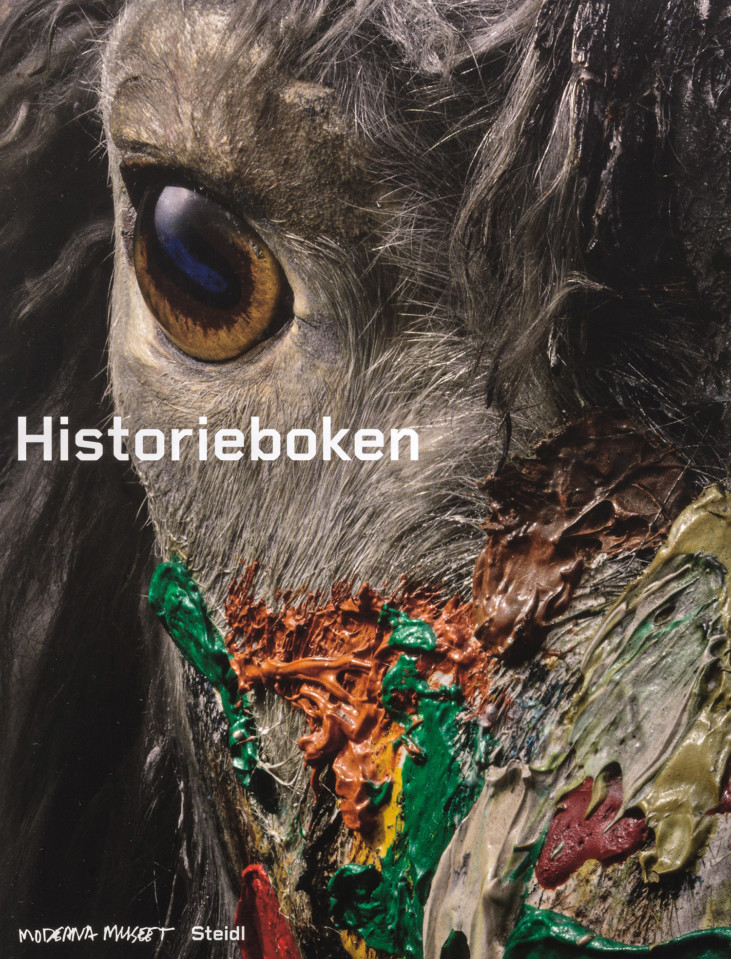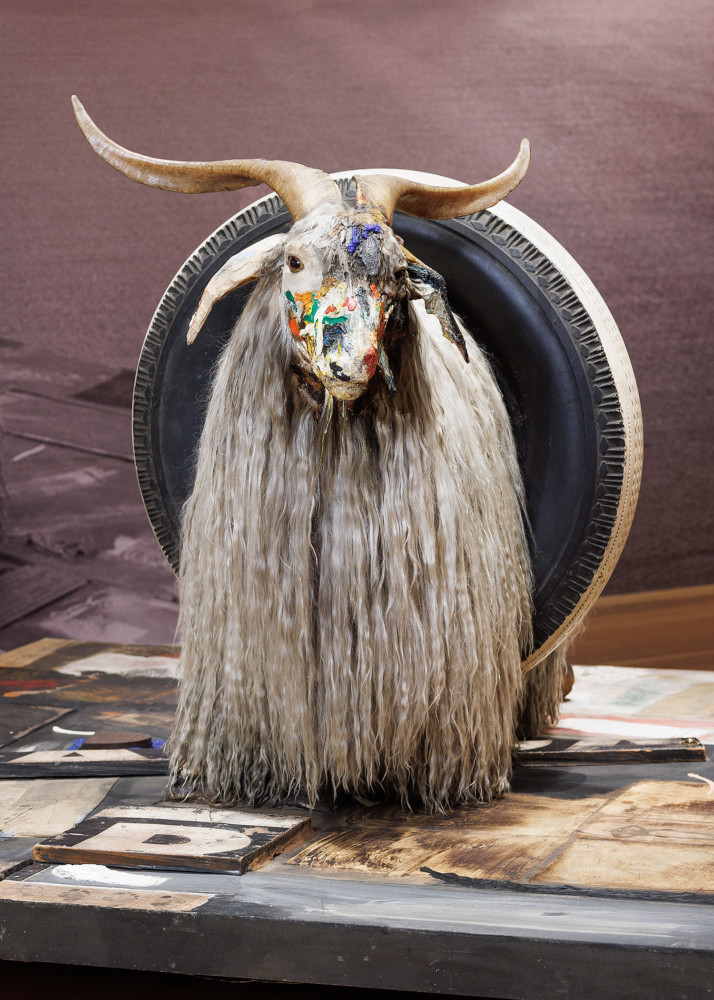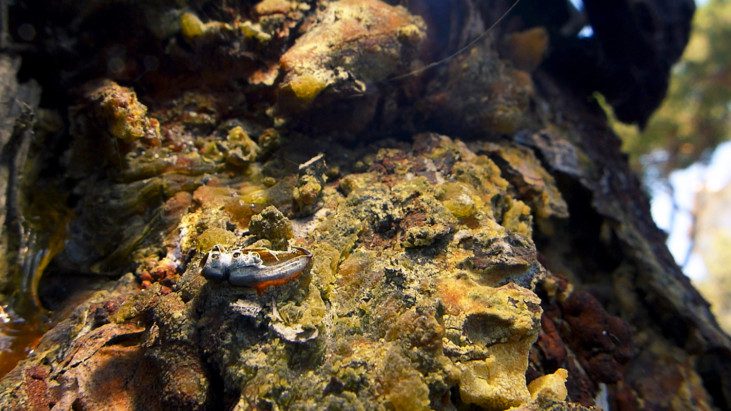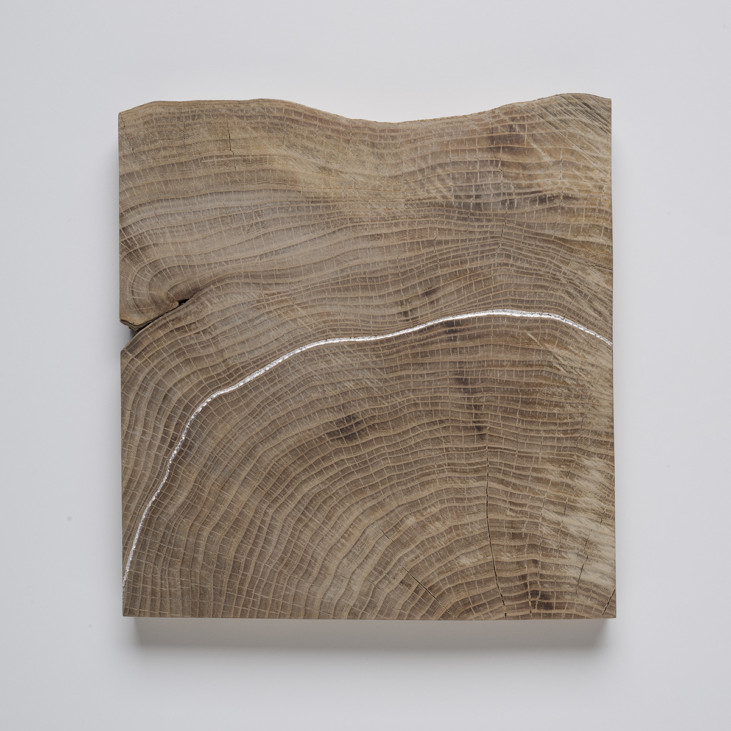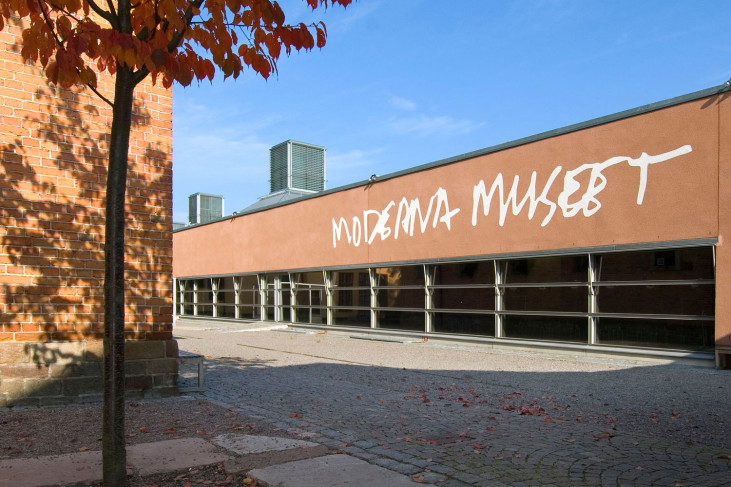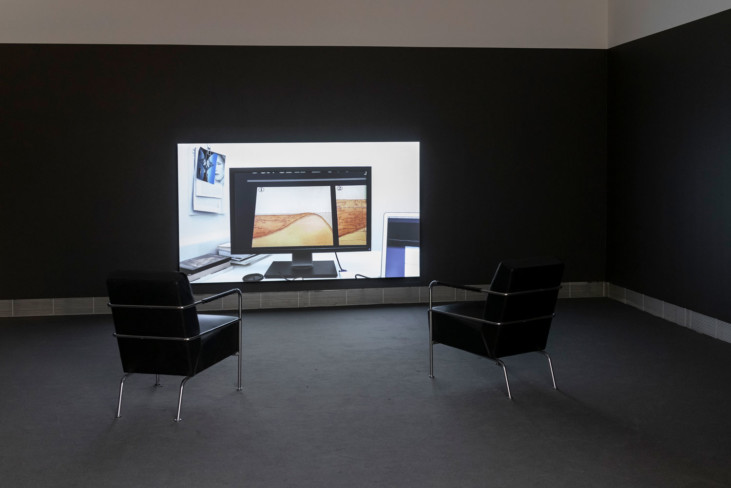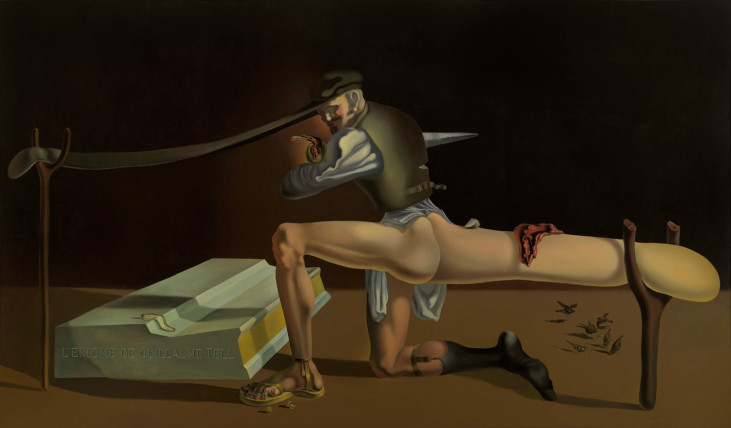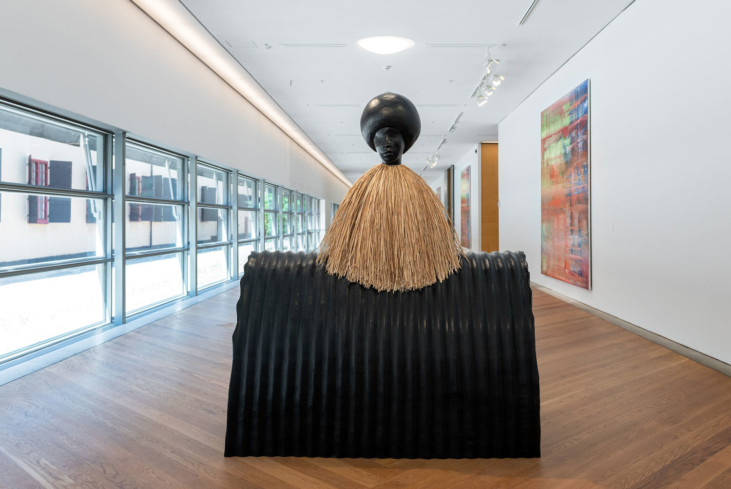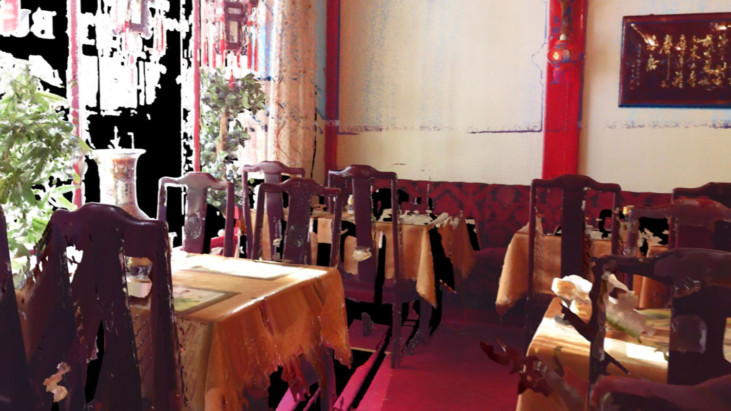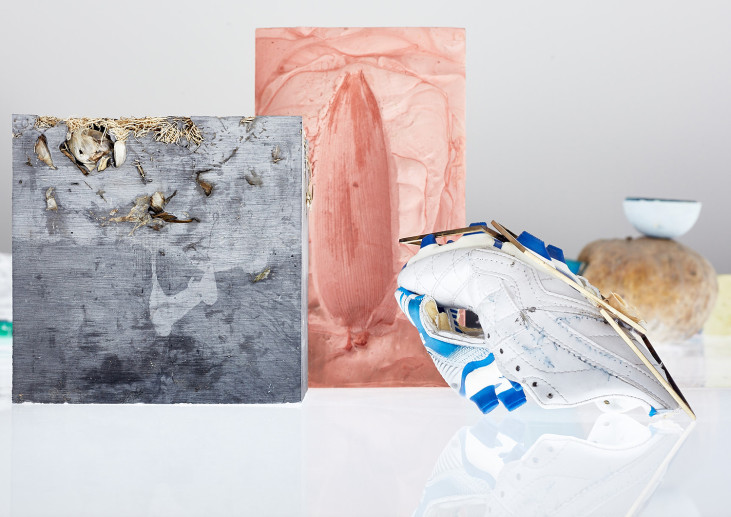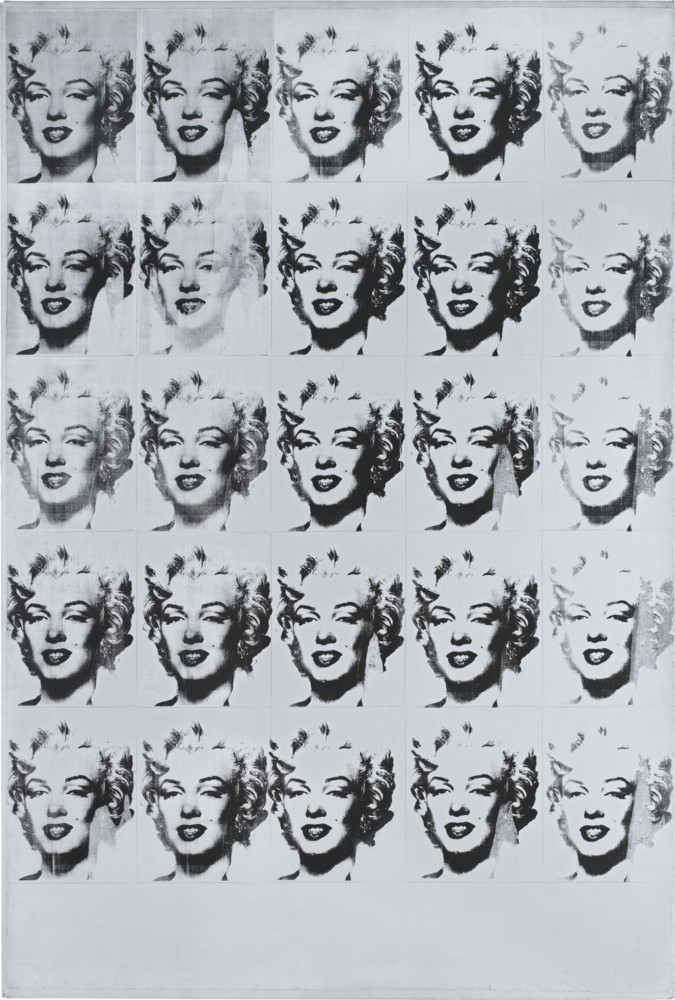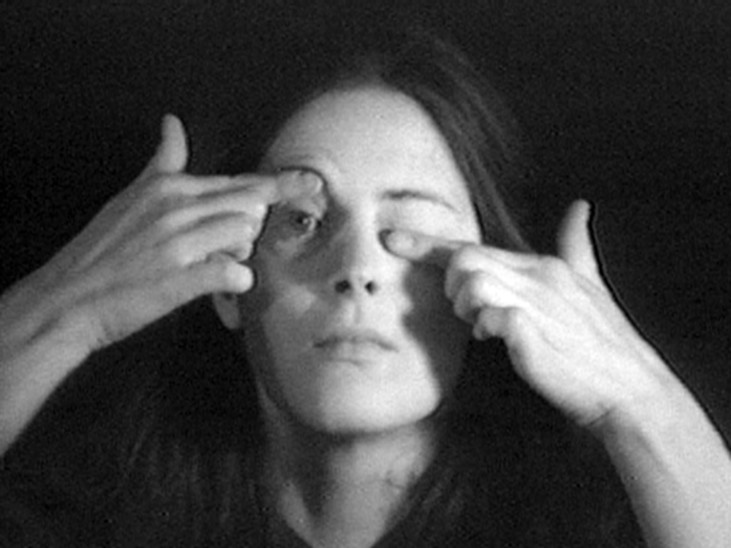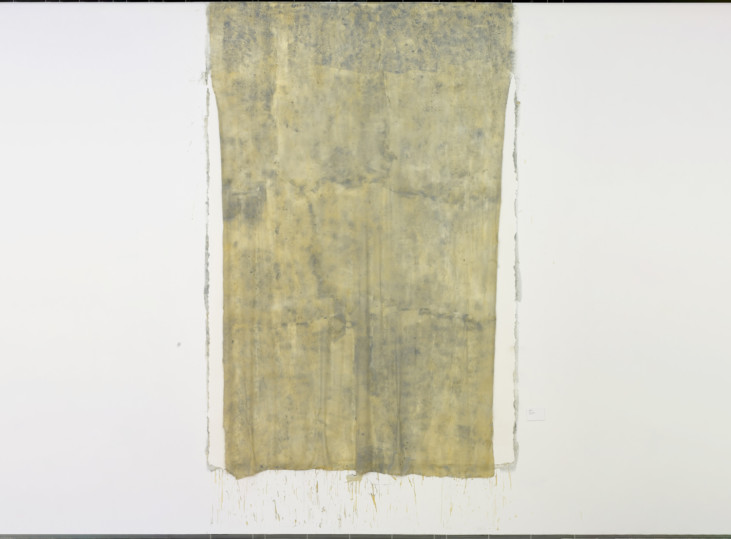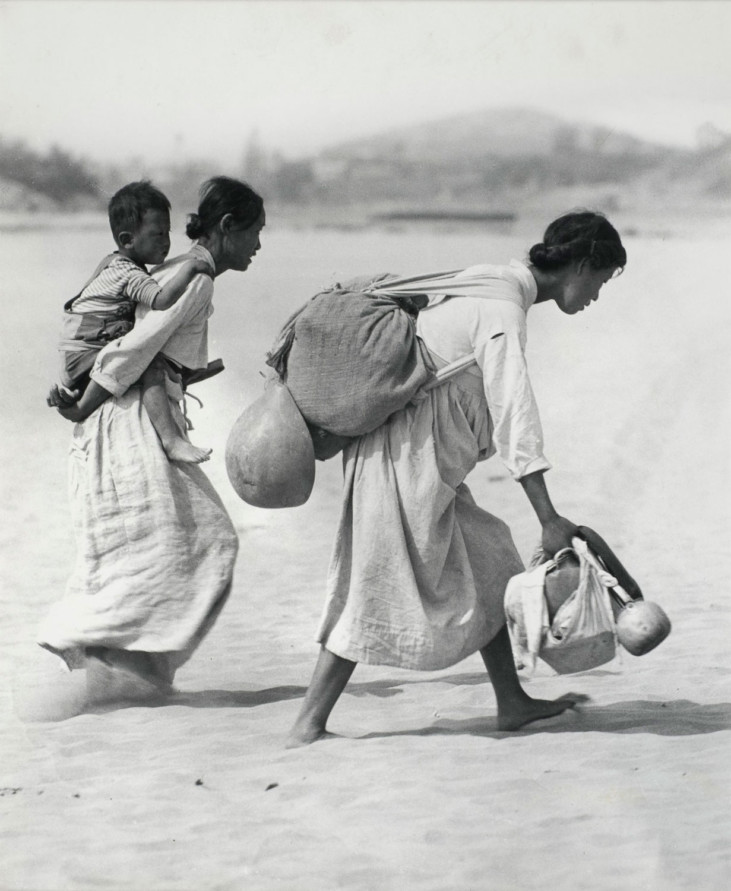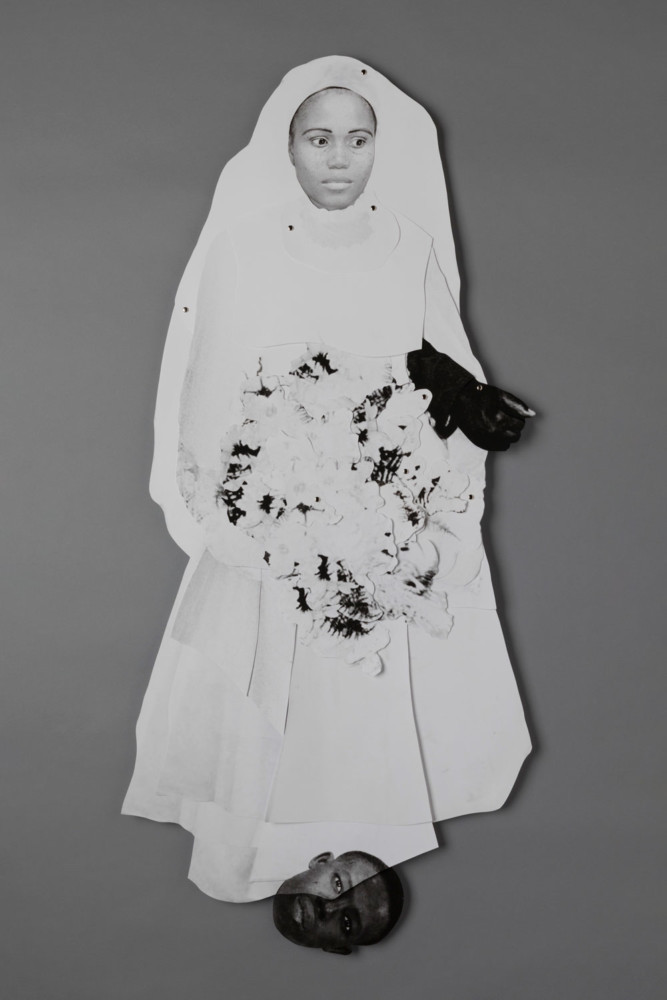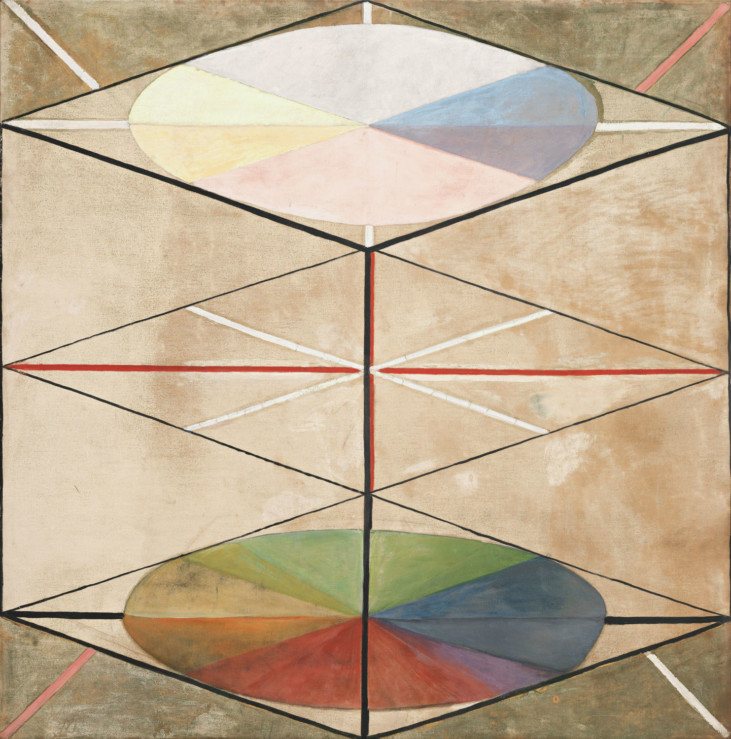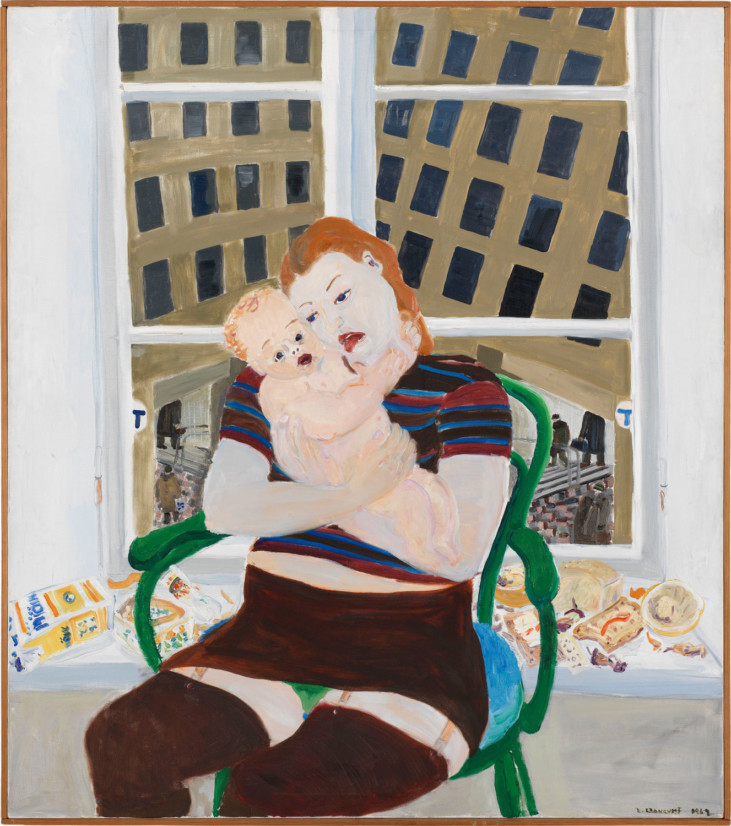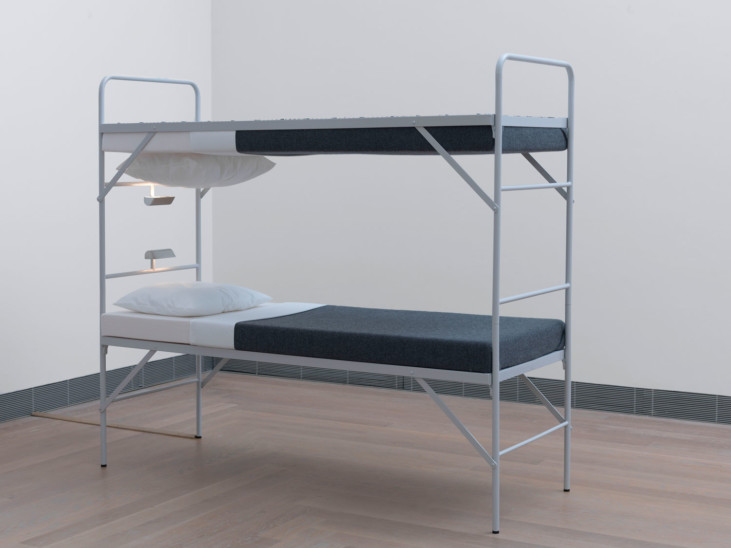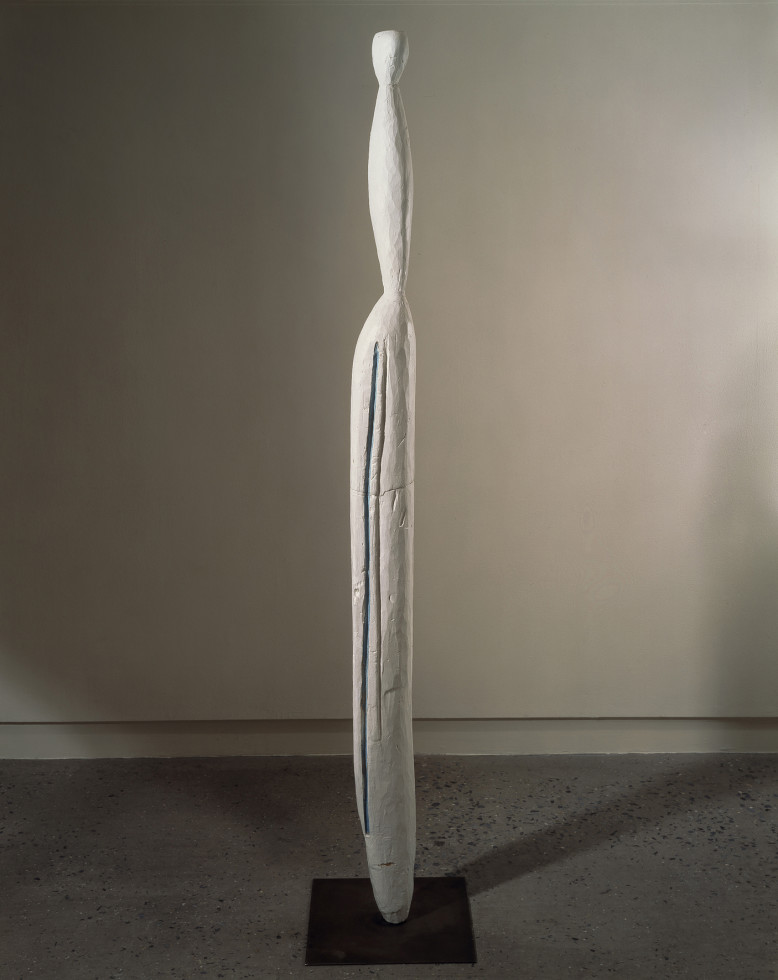
Louise Bourgeois, Pillar, 1949 © Louise Bourgeois / Bildupphovsrätt 2012
8.11 2010
The Second Museum of Our Wishes: Louise Bourgeois
Bourgeois’ first solo exhibition was in 1945 at the Bertha Schaefer Gallery. In 1949, her sculptures were on exhibit for the fi rst time at the Peridot Gallery.
Aspirations to abstract expression dominated the art scene in New York during the 1940s and 50s and Bourgeois was no exception. But she also sought inspiration from surrealism, in particular automatism, and developed a personal iconography, drawing from her roots in France. Everything that followed led to her use of symbolic imagery with its emphasis on intimate and sexual references.
It has been difficult for art history to classify Bourgeois’ art. Her imagery is deeply personal and refuses to be fenced into overreaching aesthetic categories. When she gave up painting at the end of the 1940s and began to focus all of her energy on sculpture, her earliest interest lay in the possibilities of wood. She began creating totem-like sculptures which were reminiscent of weaving shuttles. She simultaneously incorporated symbolic content into her work. The sculptures represent relationships of different sorts – within and to her own family, friends and acquaintances.
Pillar, from 1949, is one of the earliest examples of this type of symbolic sculpture. It can best be described as a state of mind. She was living with her husband and three children in a cramped apartment in central New York. The building did, however, have a large roof terrace which she used to work on her sculptures. The state of being on the large terrace in contrast to the overcrowded apartment was transferred to the sculptures. Bourgeois herself put it this way, “the strength you need to explore your own fate and your own situation …”
Up to the 1970s, Bourgeois nearly always worked with similar, distinctive conical shapes. In an obvious way the thin sculptures of human height suggest presence. The abstract language emphasizes gesture and posture, thus infusing the sculptures with symbolic meanings, ranging from studies of the impact of cloud formations on our senses to complex phallic associations.
In the 1990s, Louise Bourgeois began to be noticed by a broader public through an image which she created of a spider weaving its web – an image which was paradoxically both monumental and intimate. Once again family relationships are at the centre, especially the presence and infl uence of a dominant father fi gure. In a metaphorical sense, however, she also succeeded in representing a collective consciousness, the visible and invisible networks that affect life and society in general.
Louise Bourgeois born 1911, Paris, France – dead 2010.
Read about The Second Museum of Our Wishes
Published 8 November 2010 · Updated 15 February 2016

